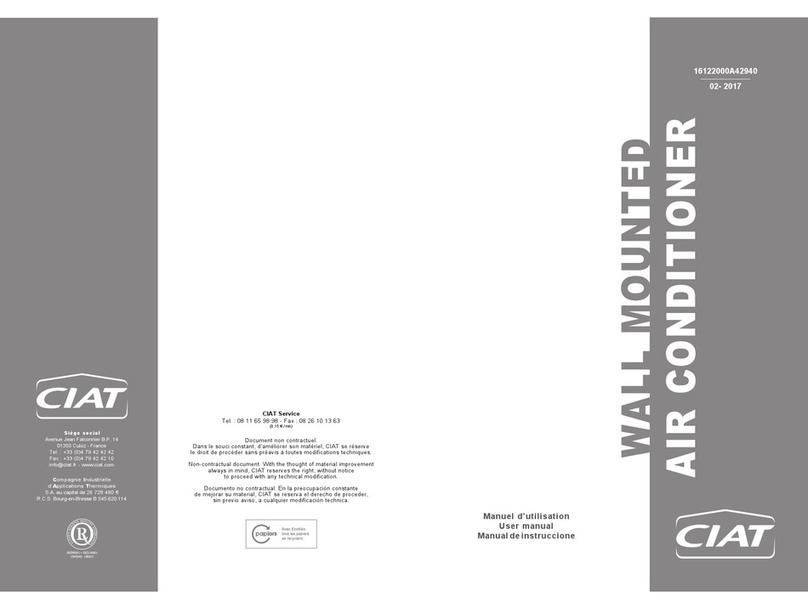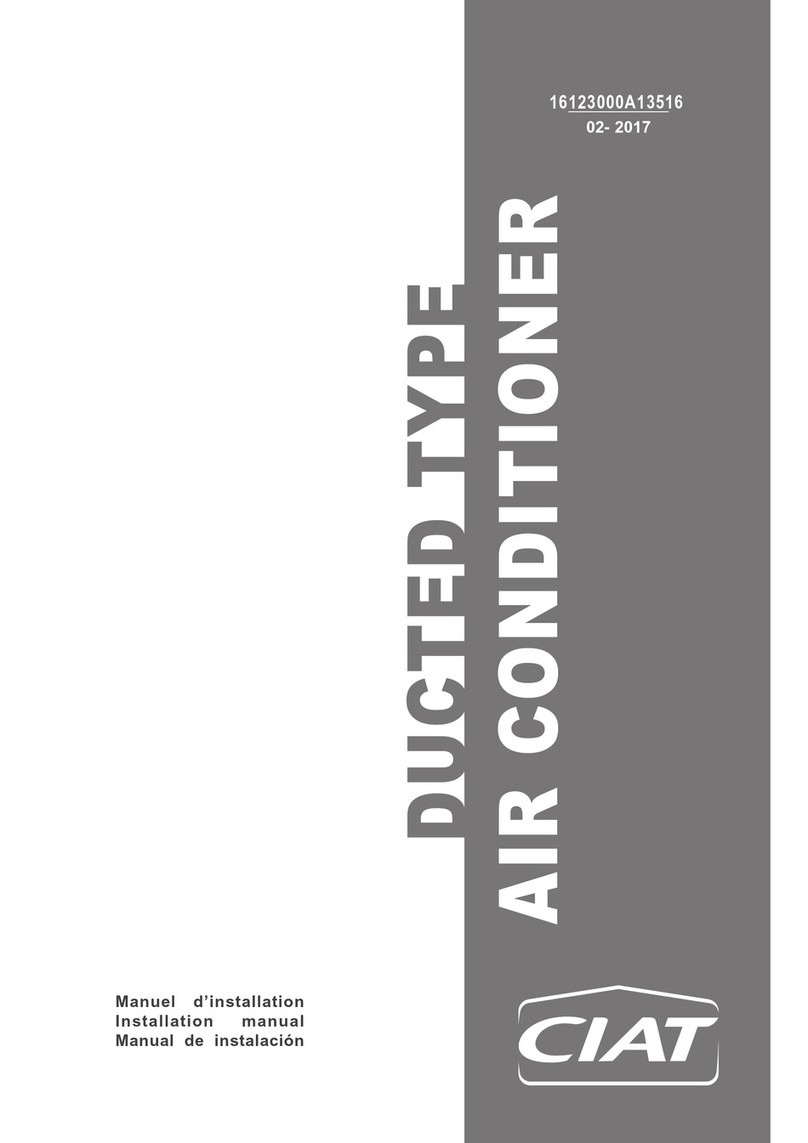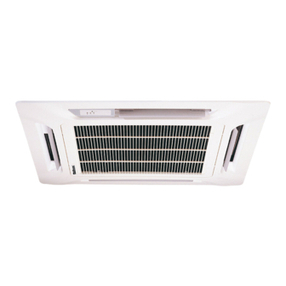CIAT COADIS LINE 600 User manual
Other CIAT Air Conditioner manuals
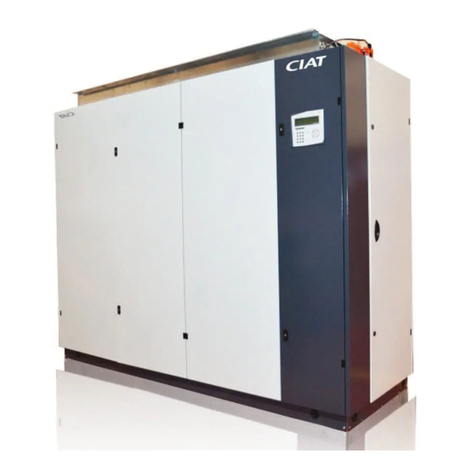
CIAT
CIAT MAGISTER Series User manual
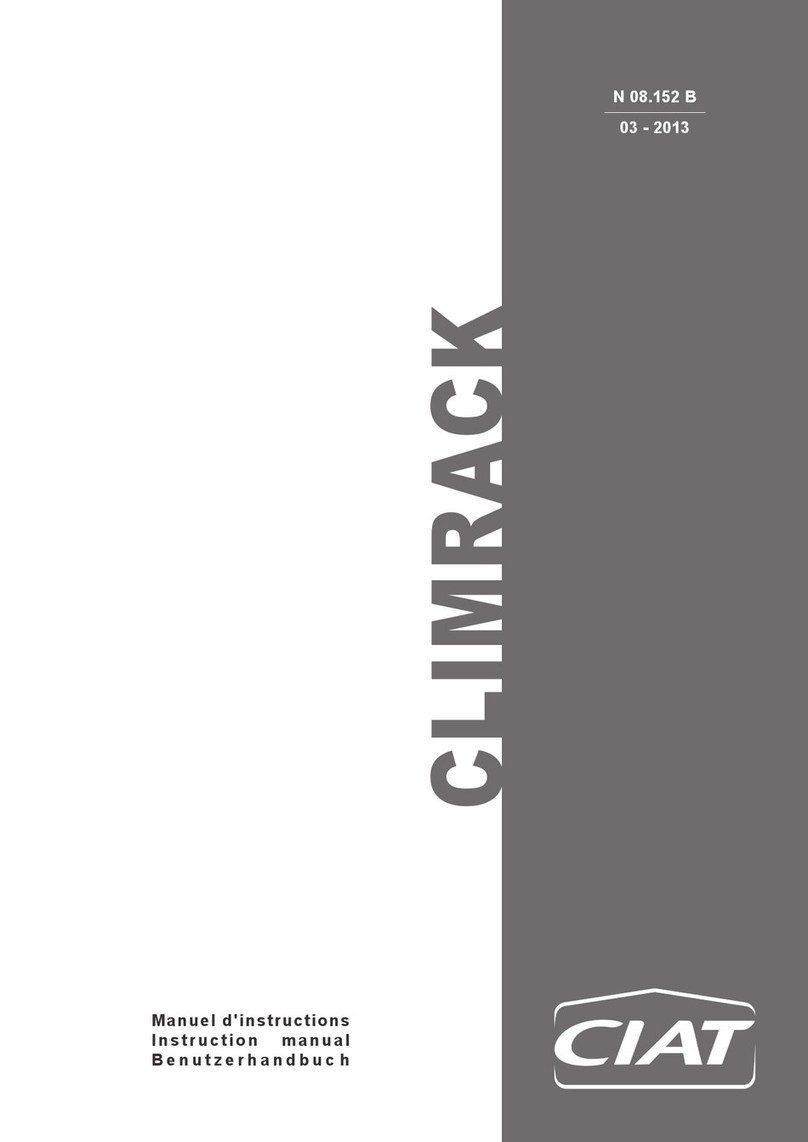
CIAT
CIAT CLIMRACK User manual
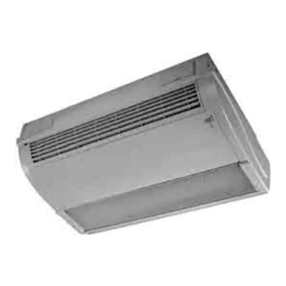
CIAT
CIAT Major 2 CV Series User manual
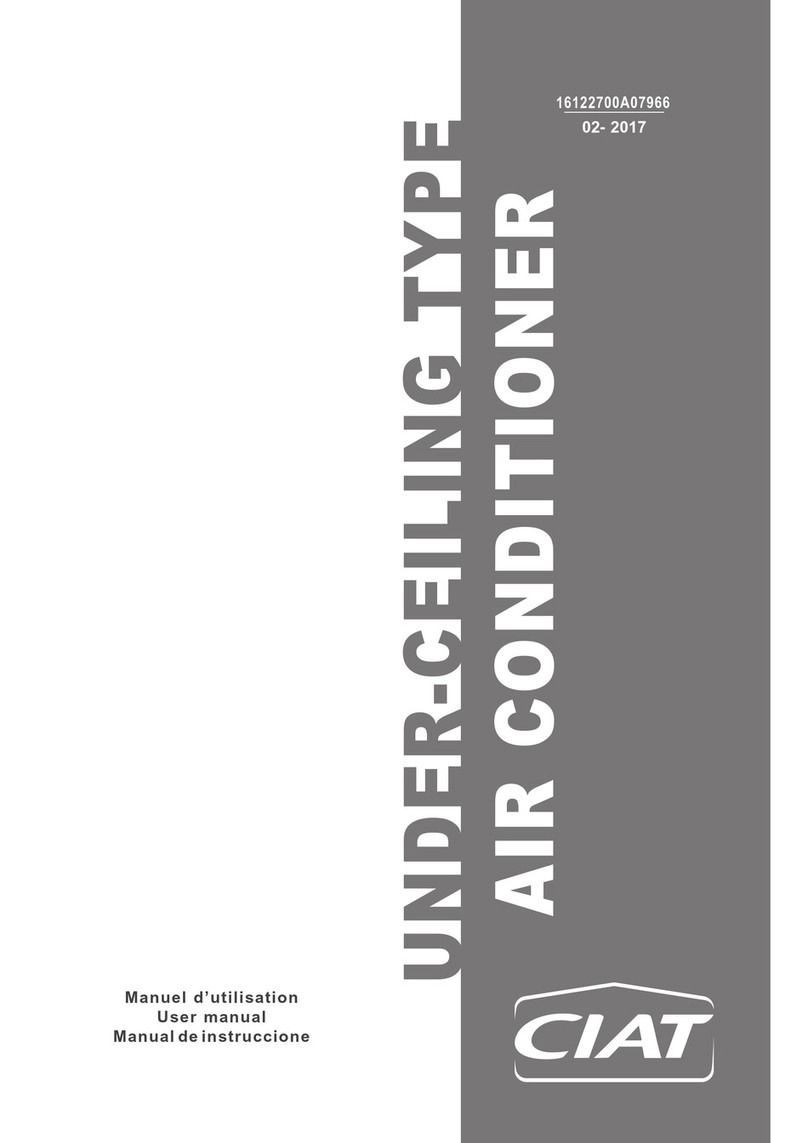
CIAT
CIAT 42HU18VSC User manual
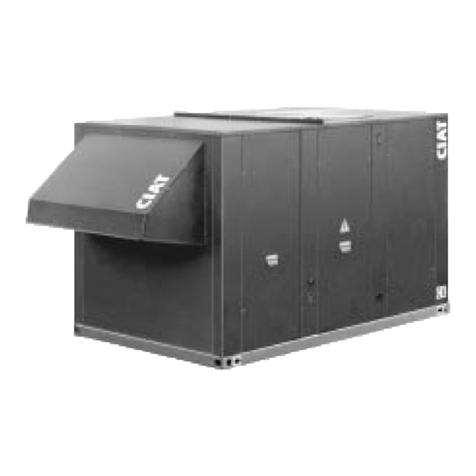
CIAT
CIAT SPACE ZV Series Guide
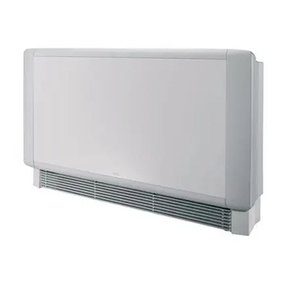
CIAT
CIAT Major Series User manual
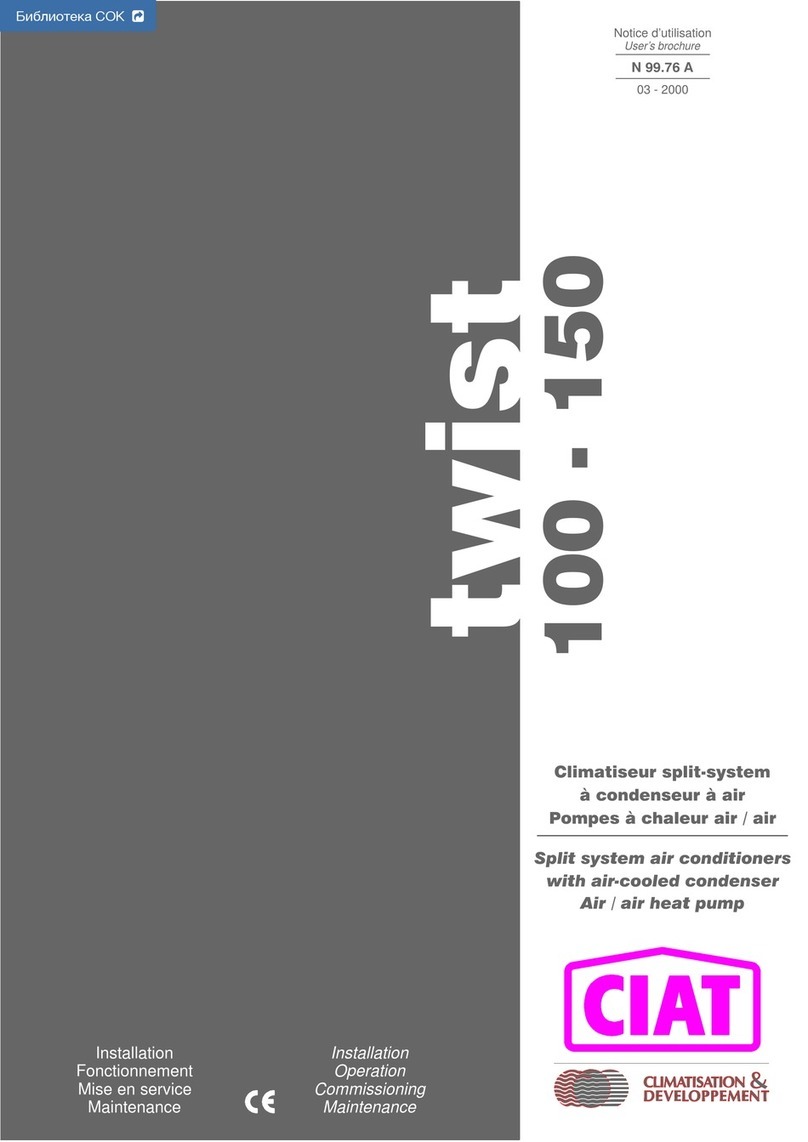
CIAT
CIAT twist SW Series User manual
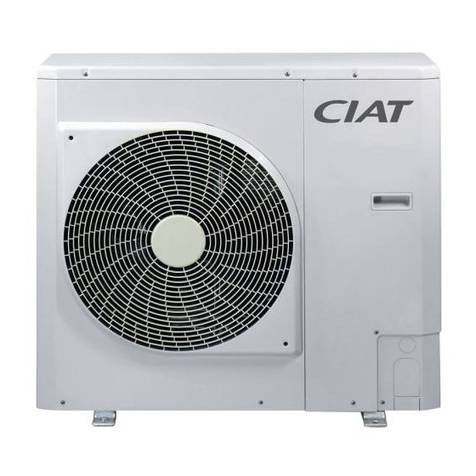
CIAT
CIAT EREBA 8H User manual

CIAT
CIAT Magister 2 Series Guide
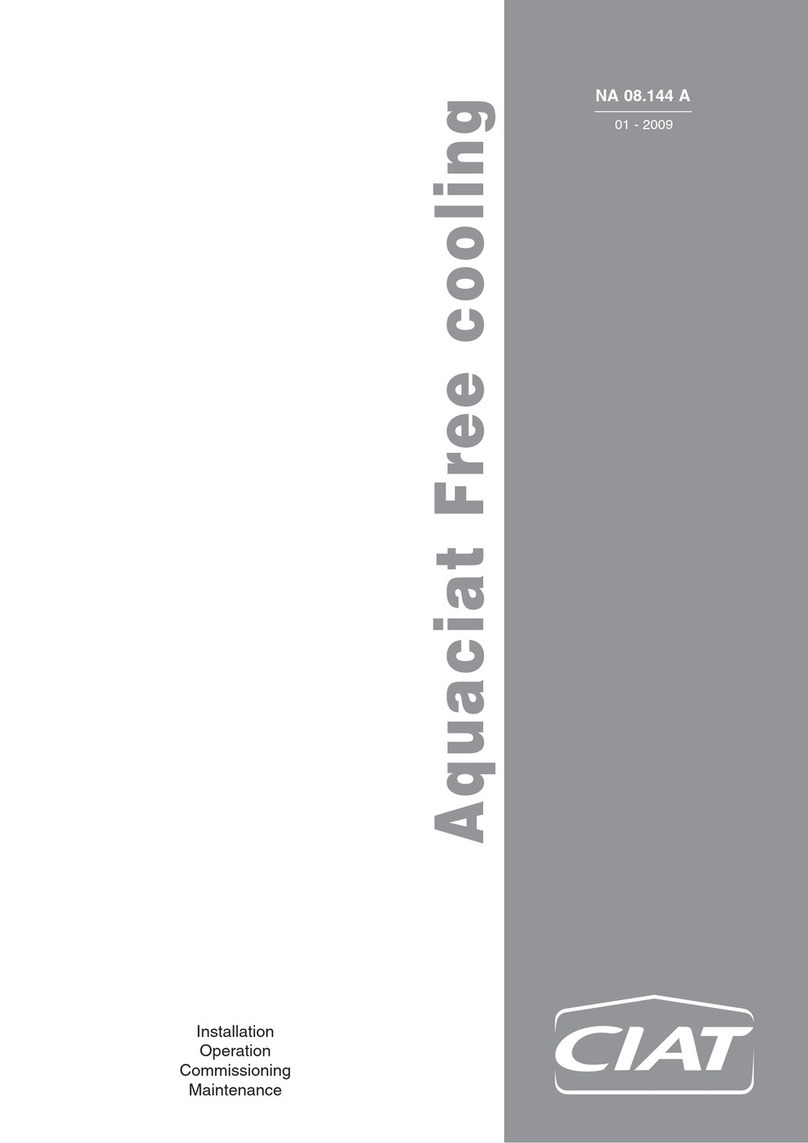
CIAT
CIAT LDC Series Guide
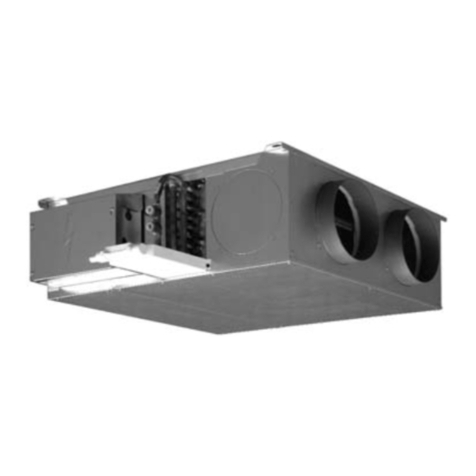
CIAT
CIAT Major2 NCH Guide
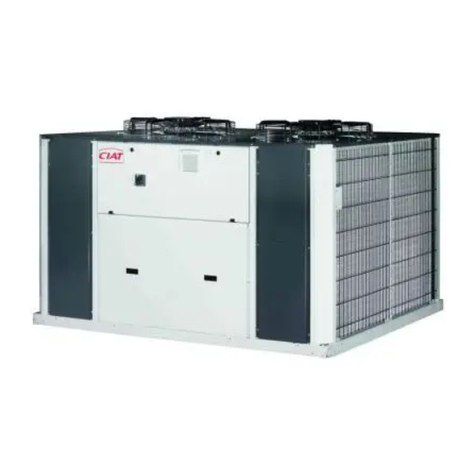
CIAT
CIAT condenciat CD User manual

CIAT
CIAT 38HV09 User manual
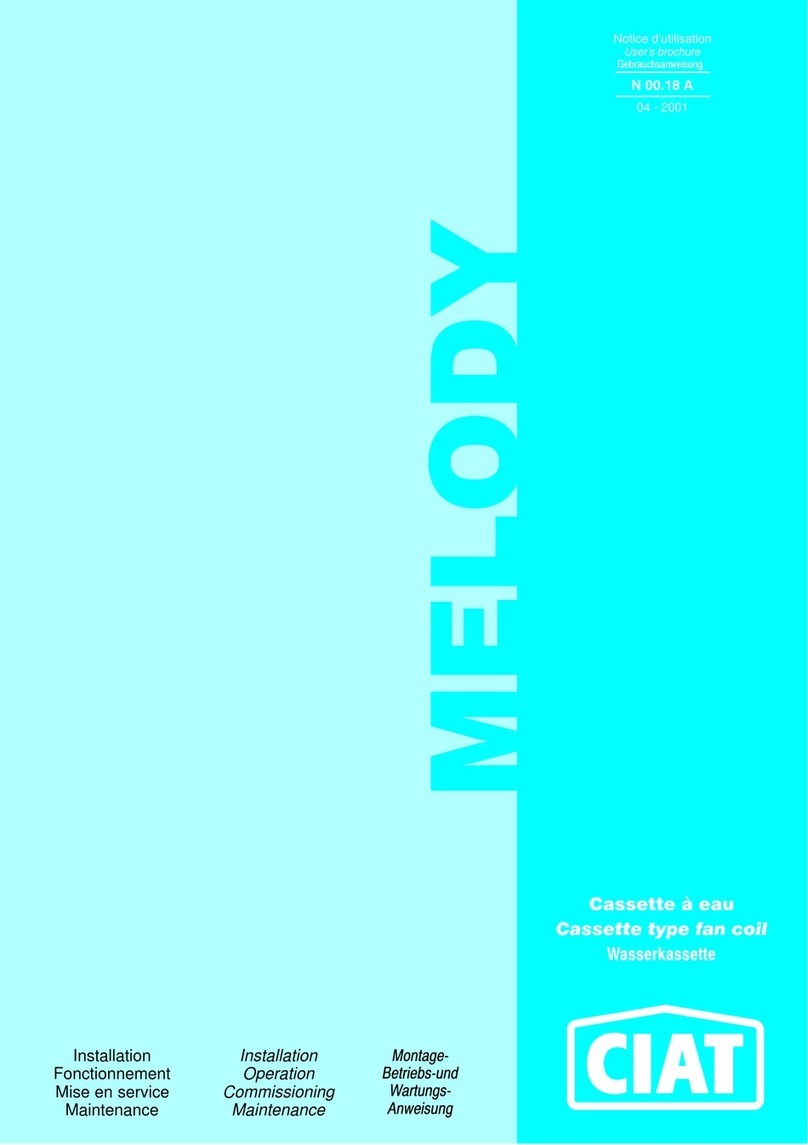
CIAT
CIAT MELODY Guide
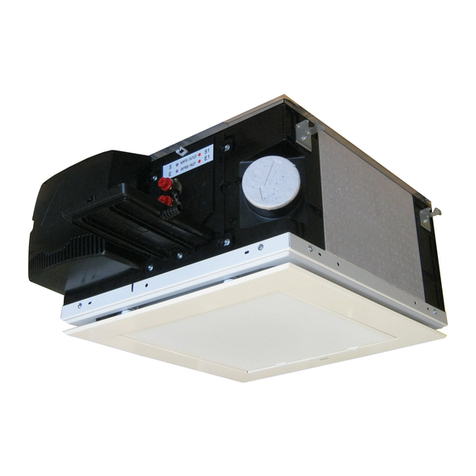
CIAT
CIAT COADIS LINE 600 User manual
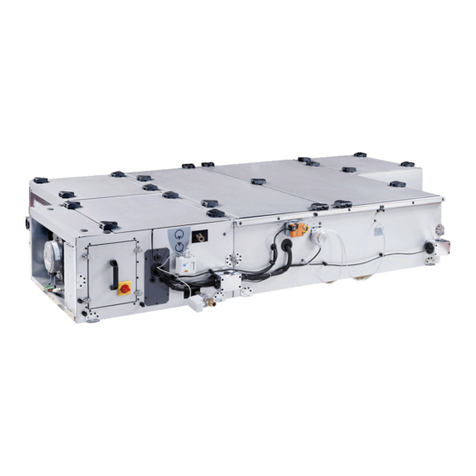
CIAT
CIAT CLIMACIAT COMPACT User manual

CIAT
CIAT Climaciat User manual

CIAT
CIAT CiatCooler LC User manual
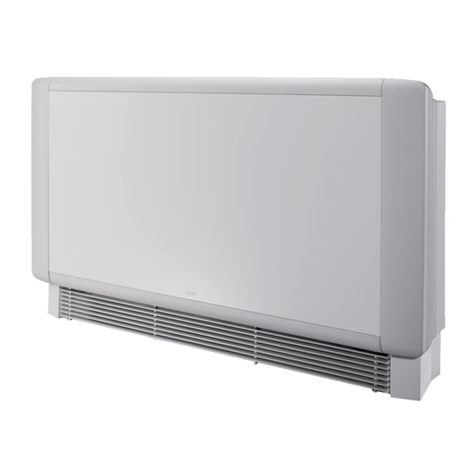
CIAT
CIAT MAJOR LINE User manual

CIAT
CIAT 42HY09VSC User manual

